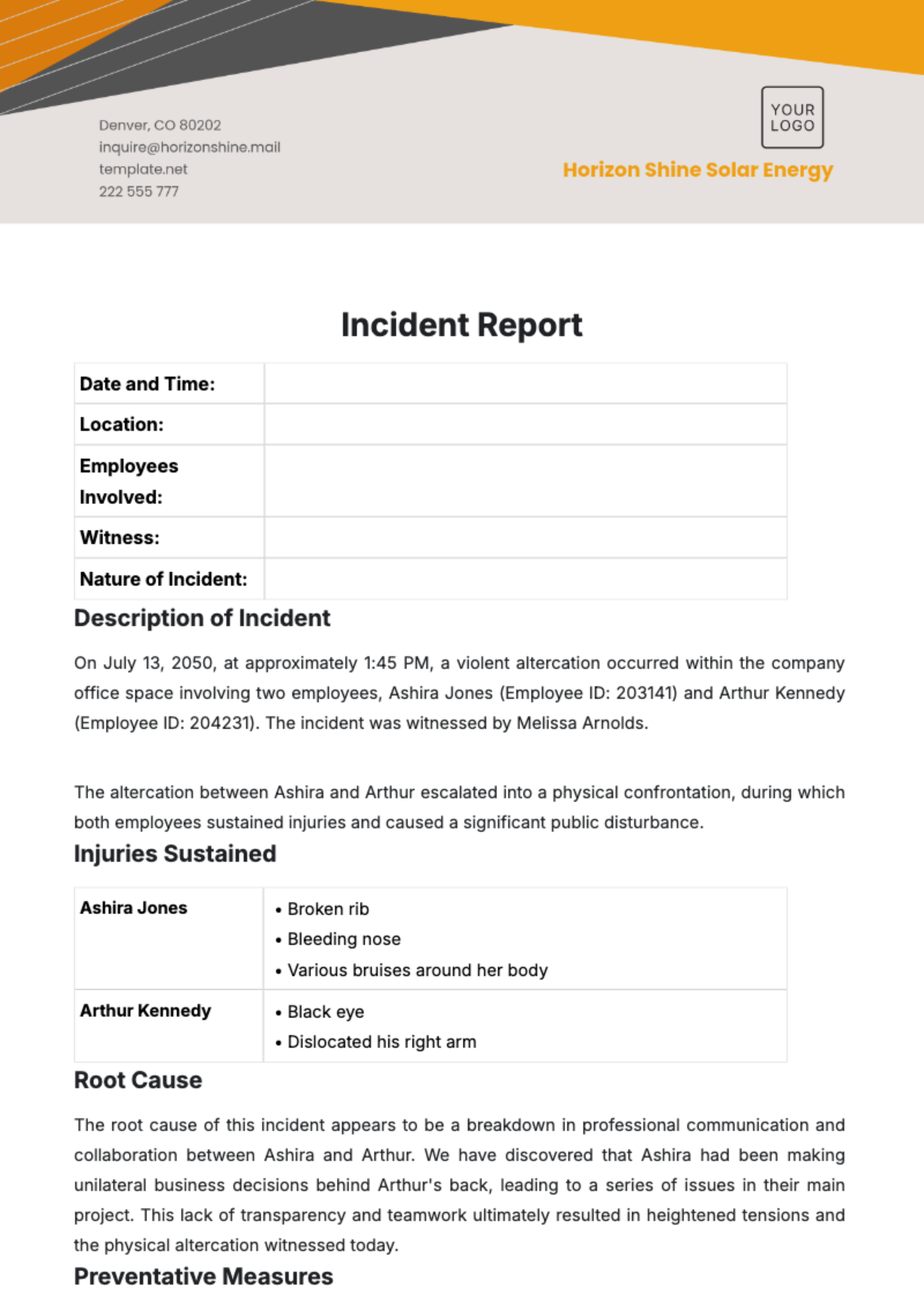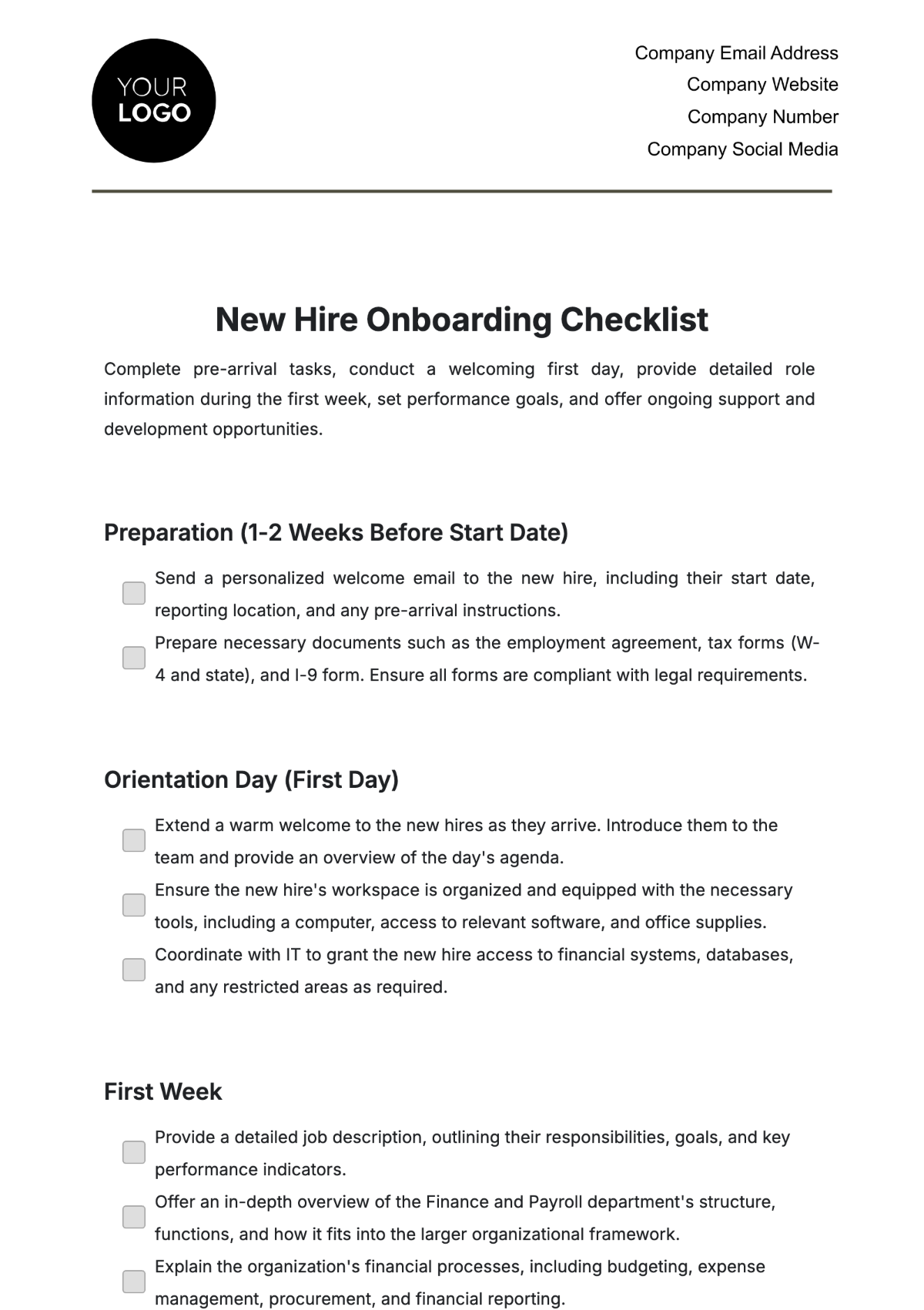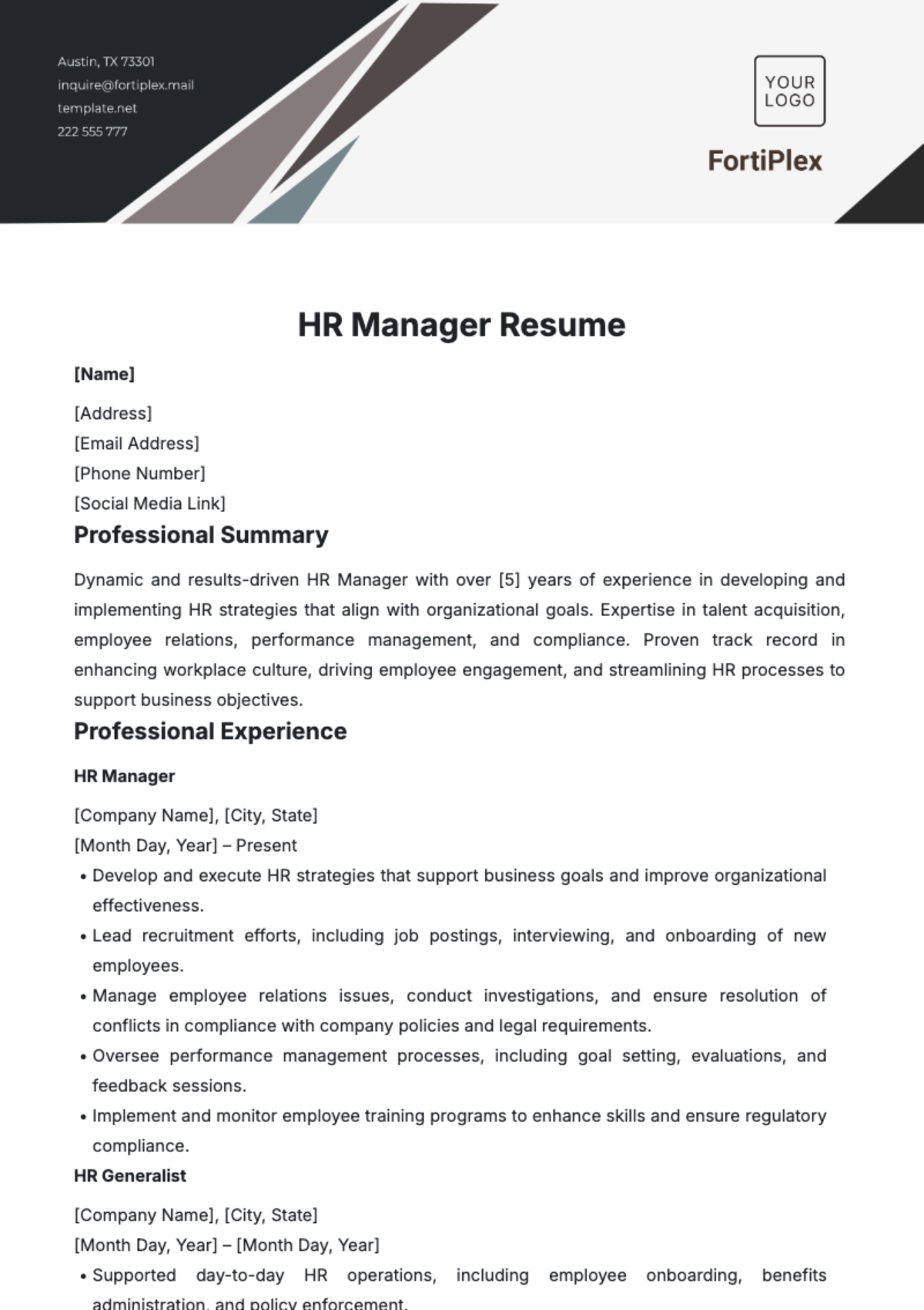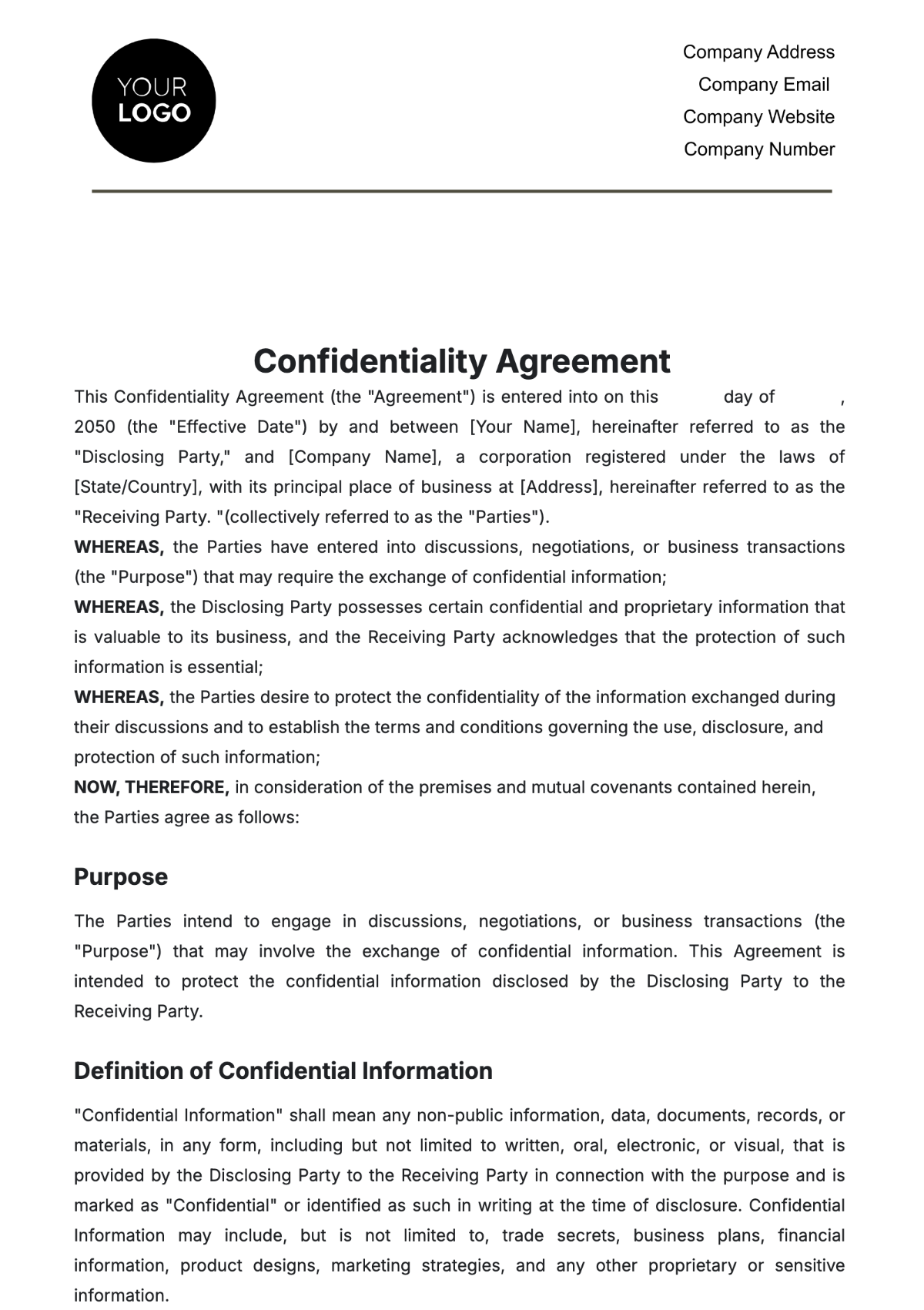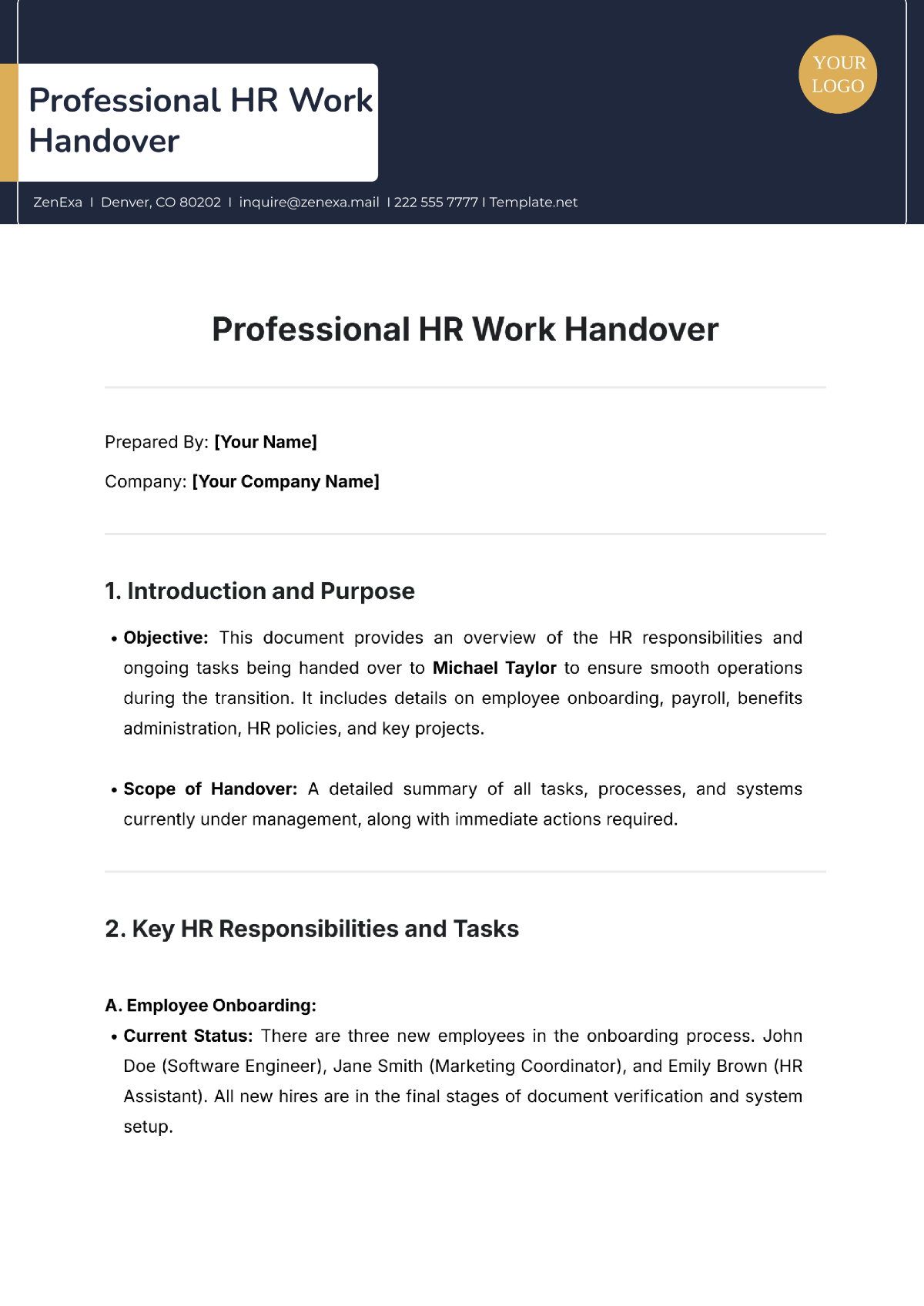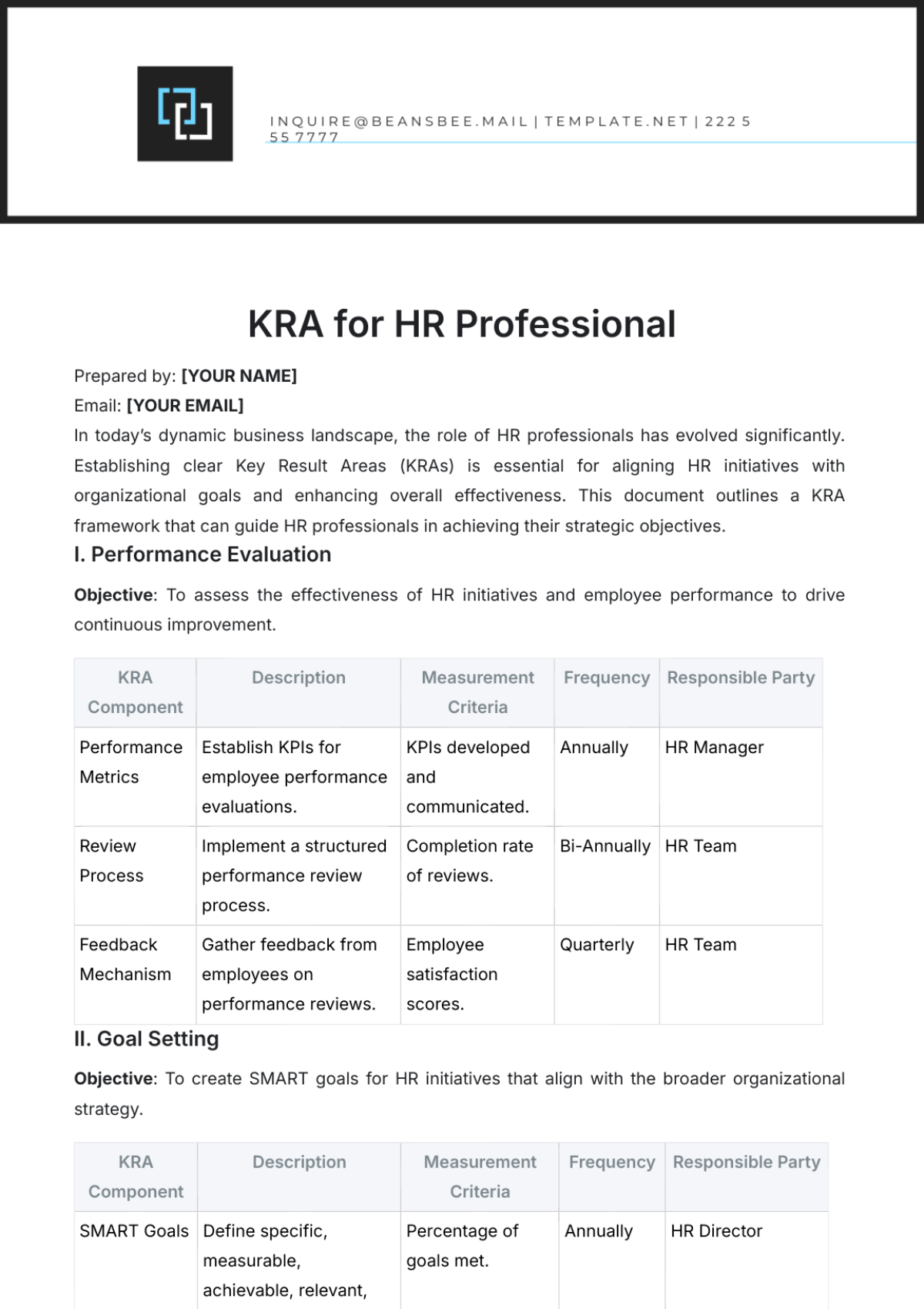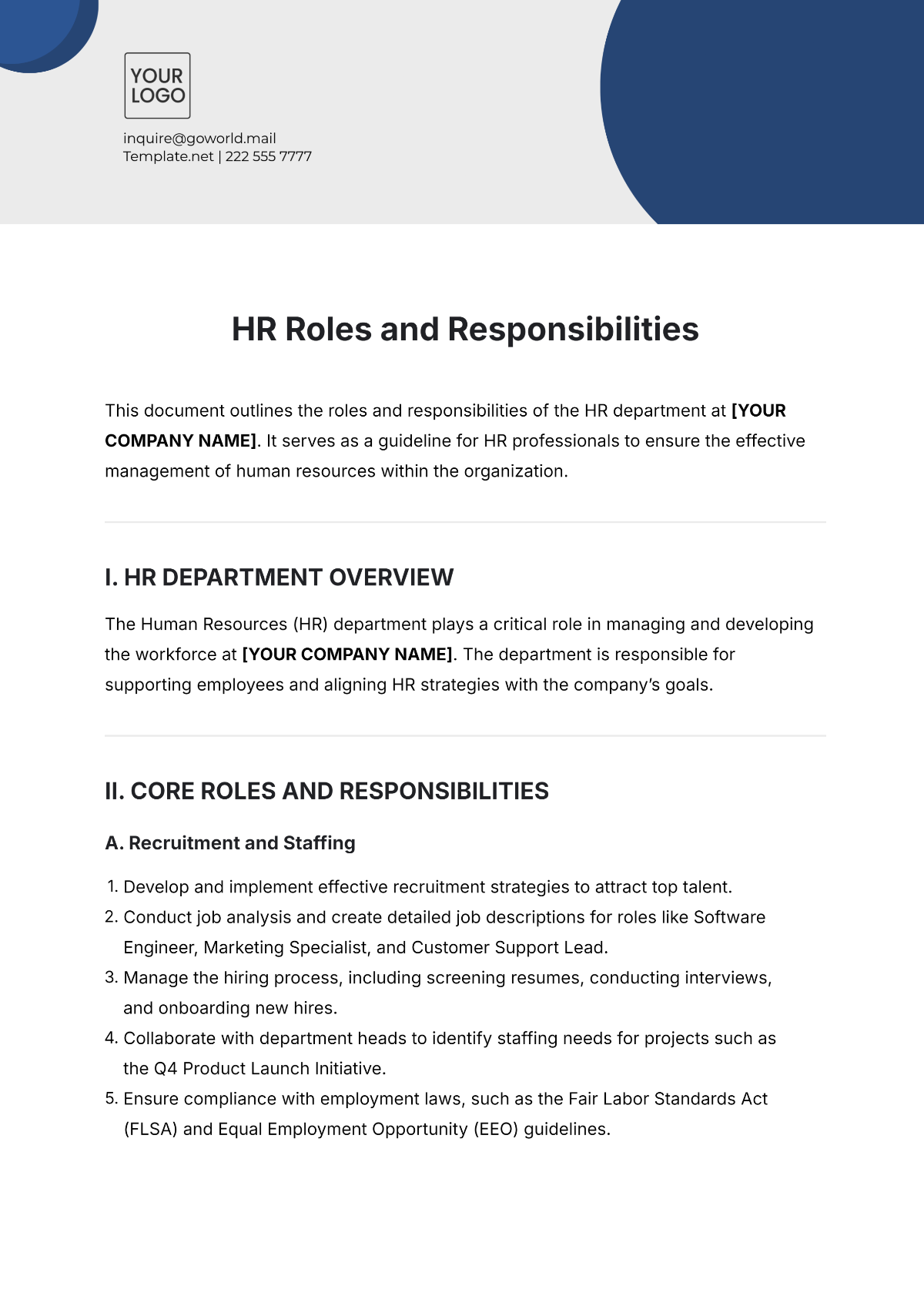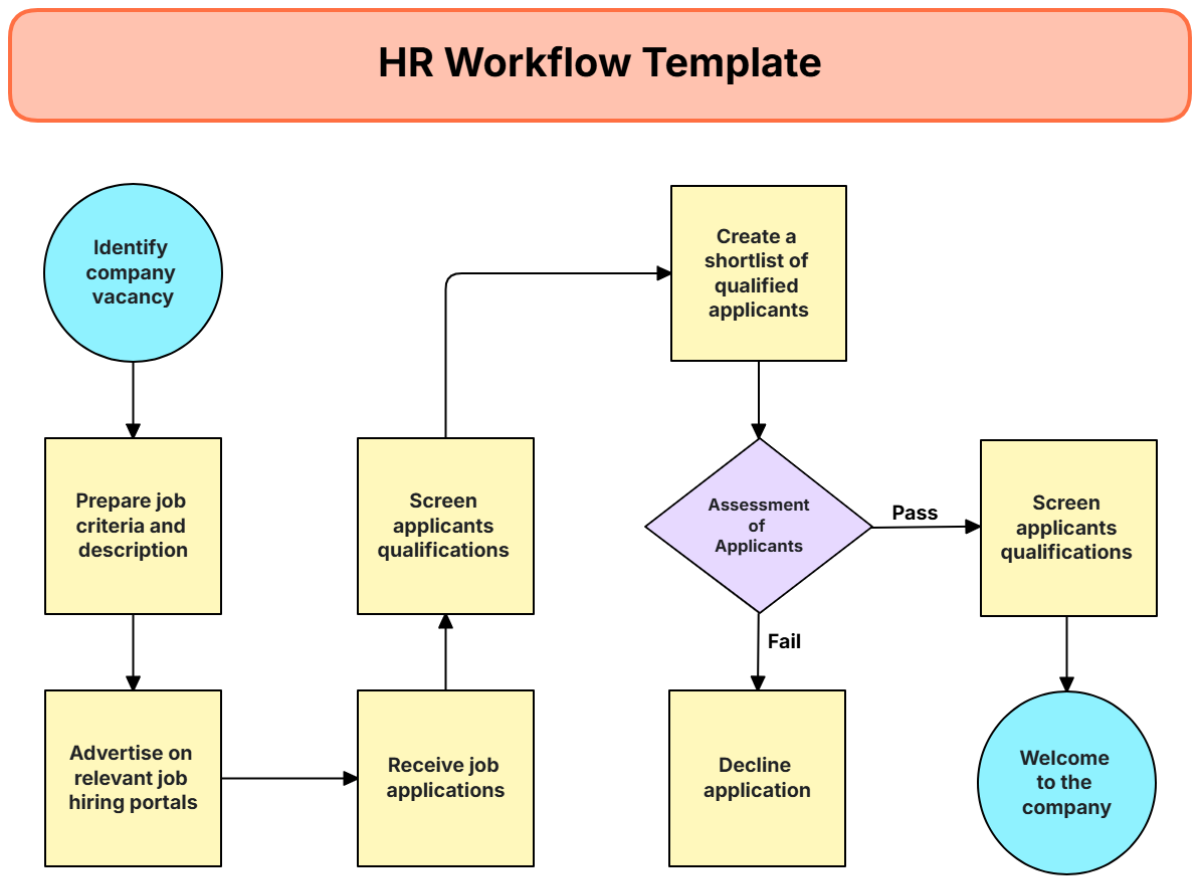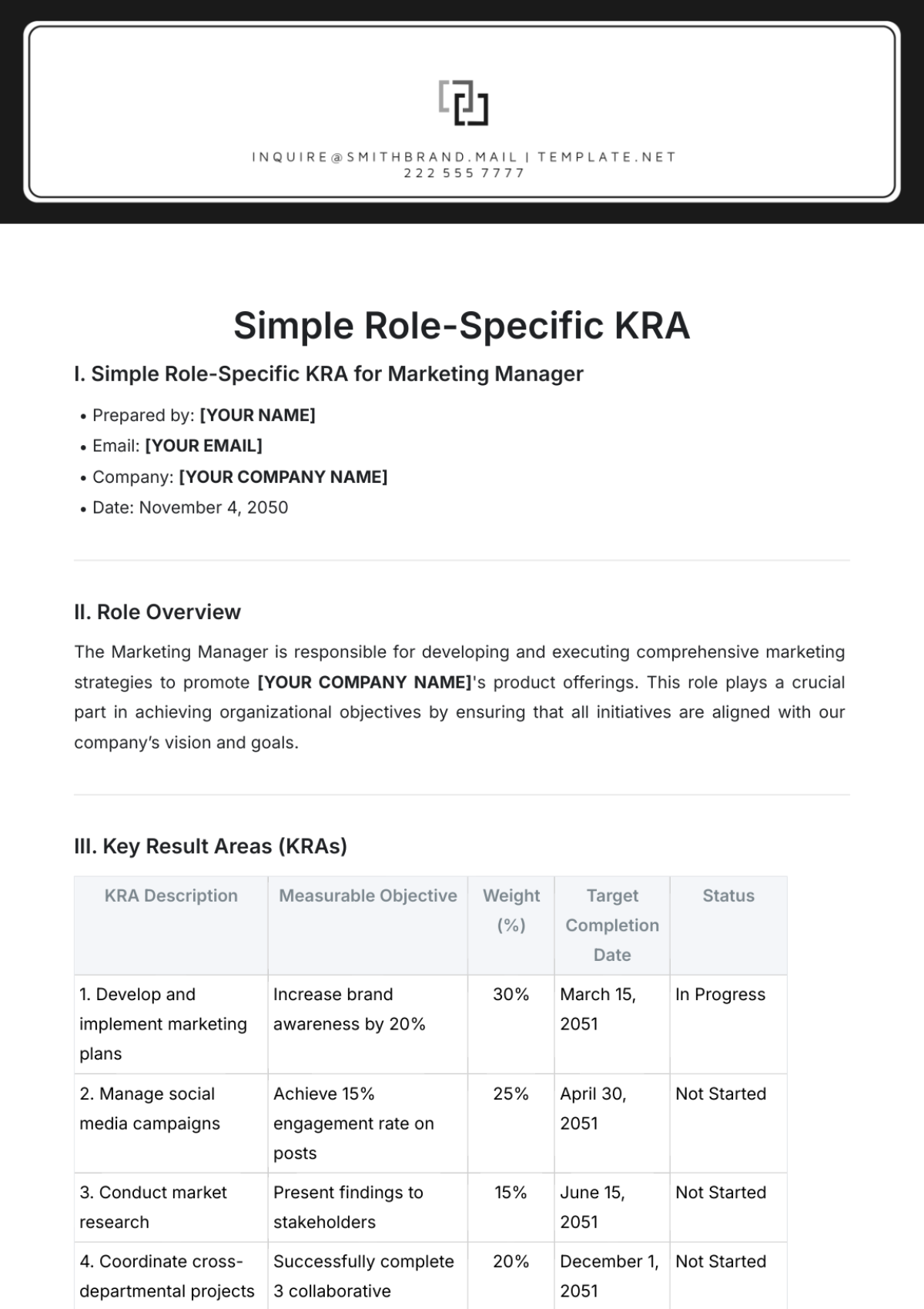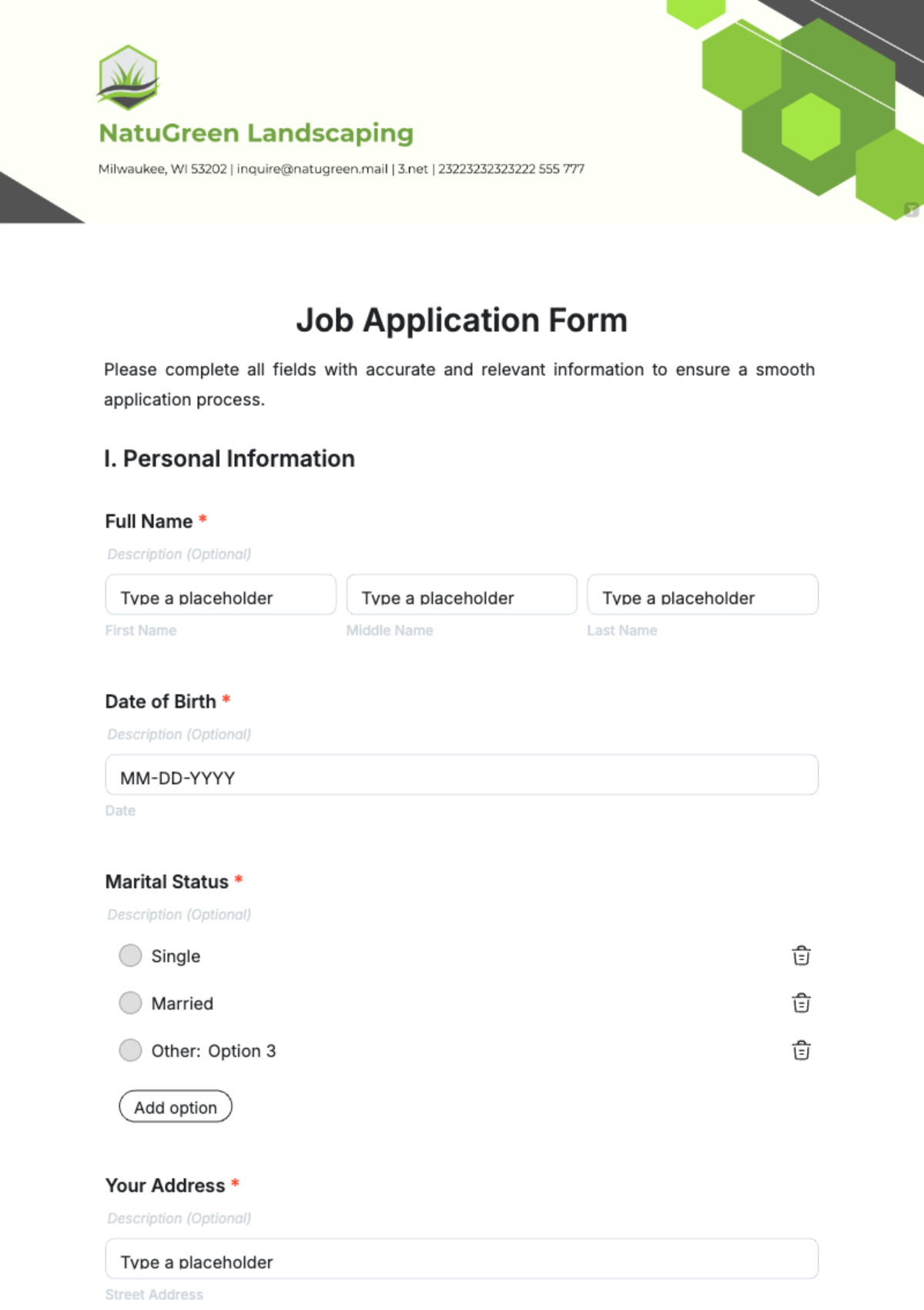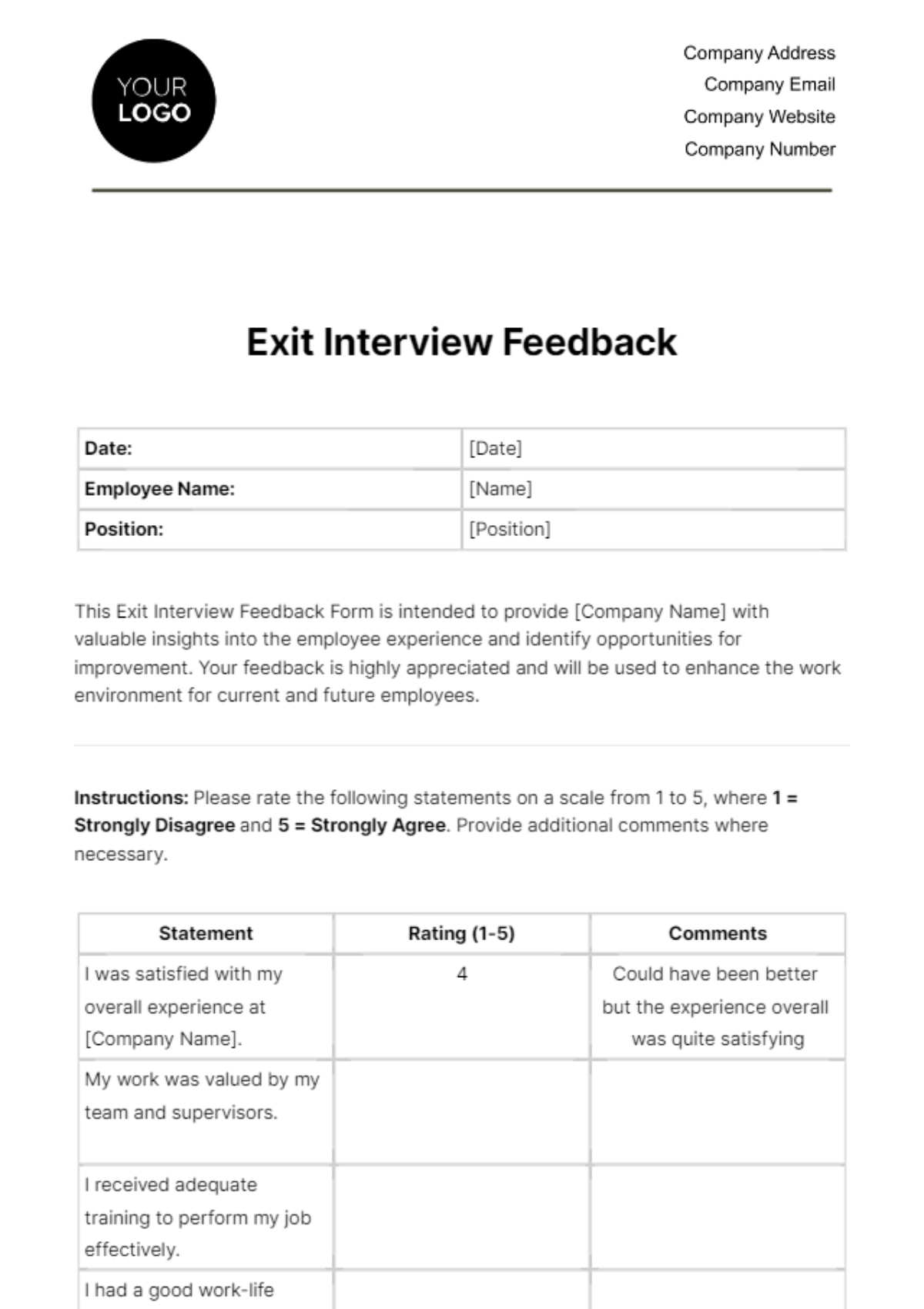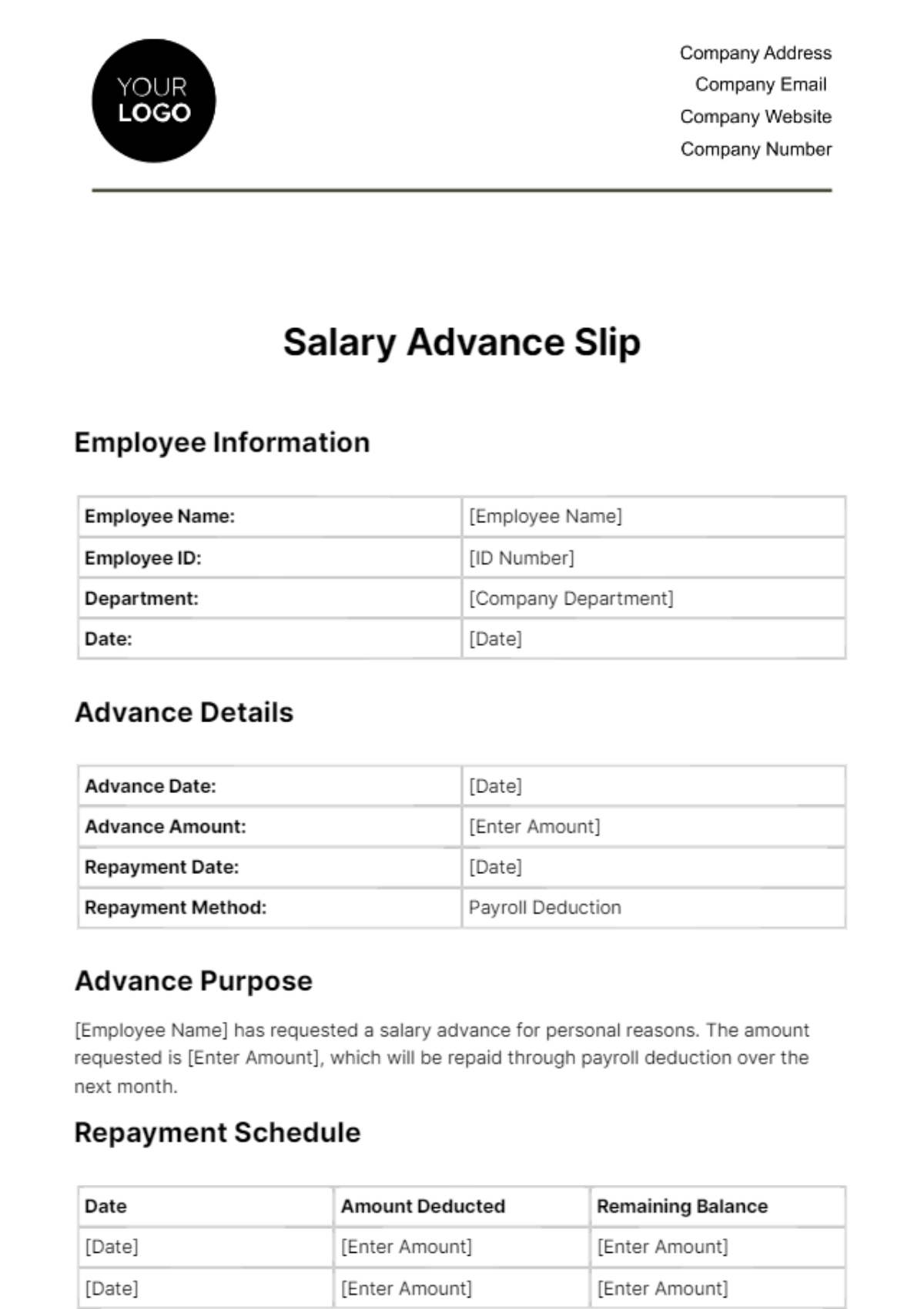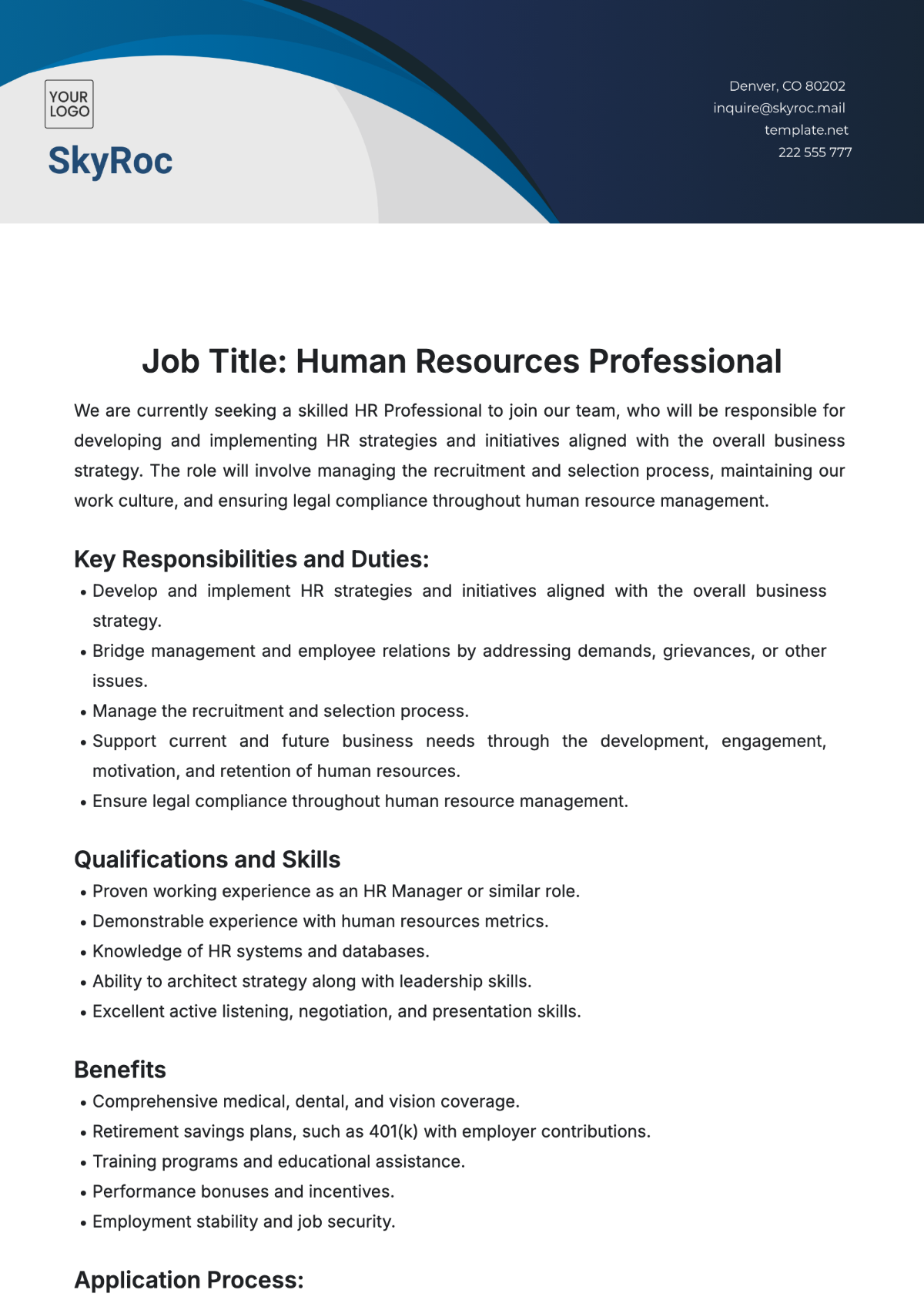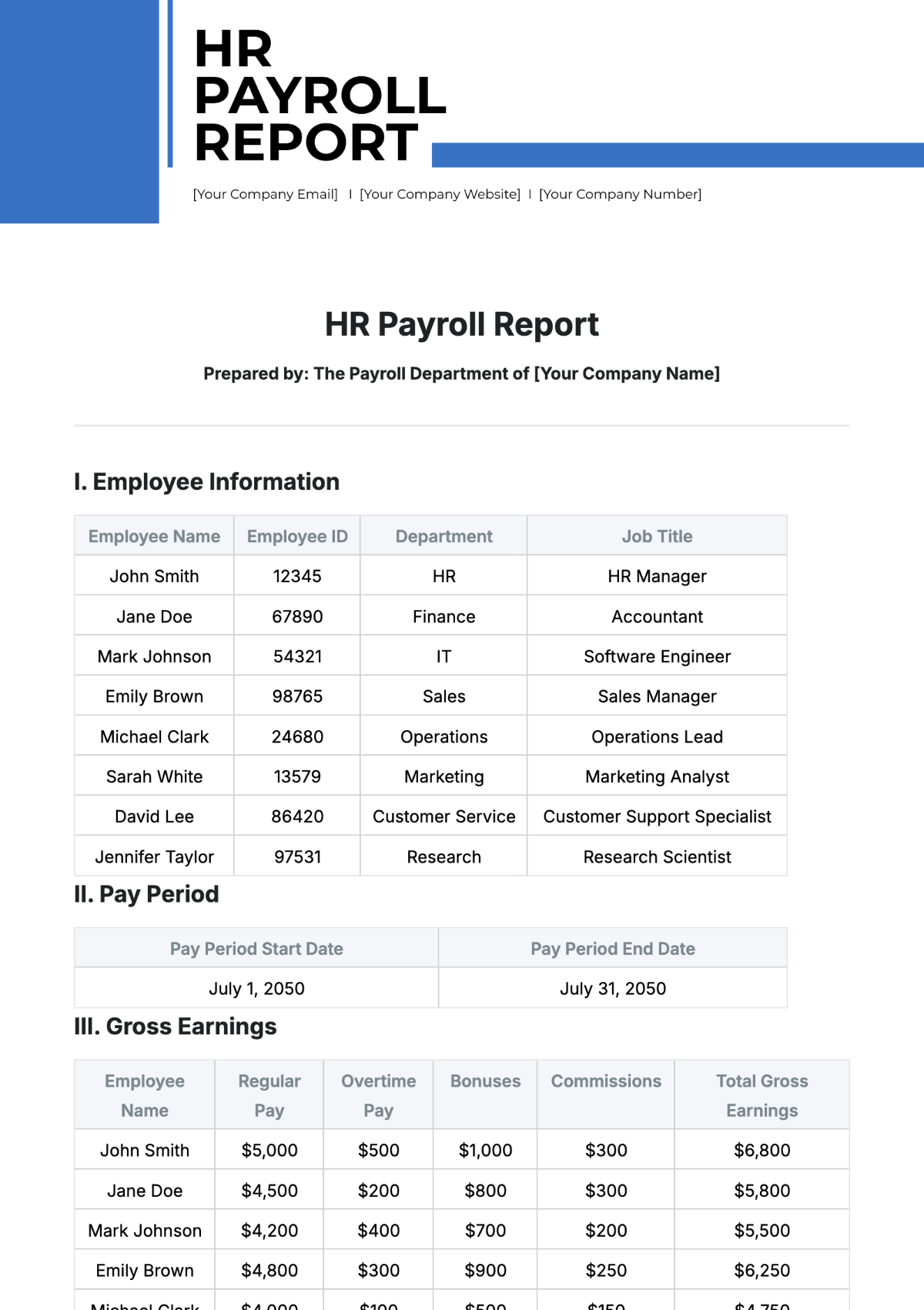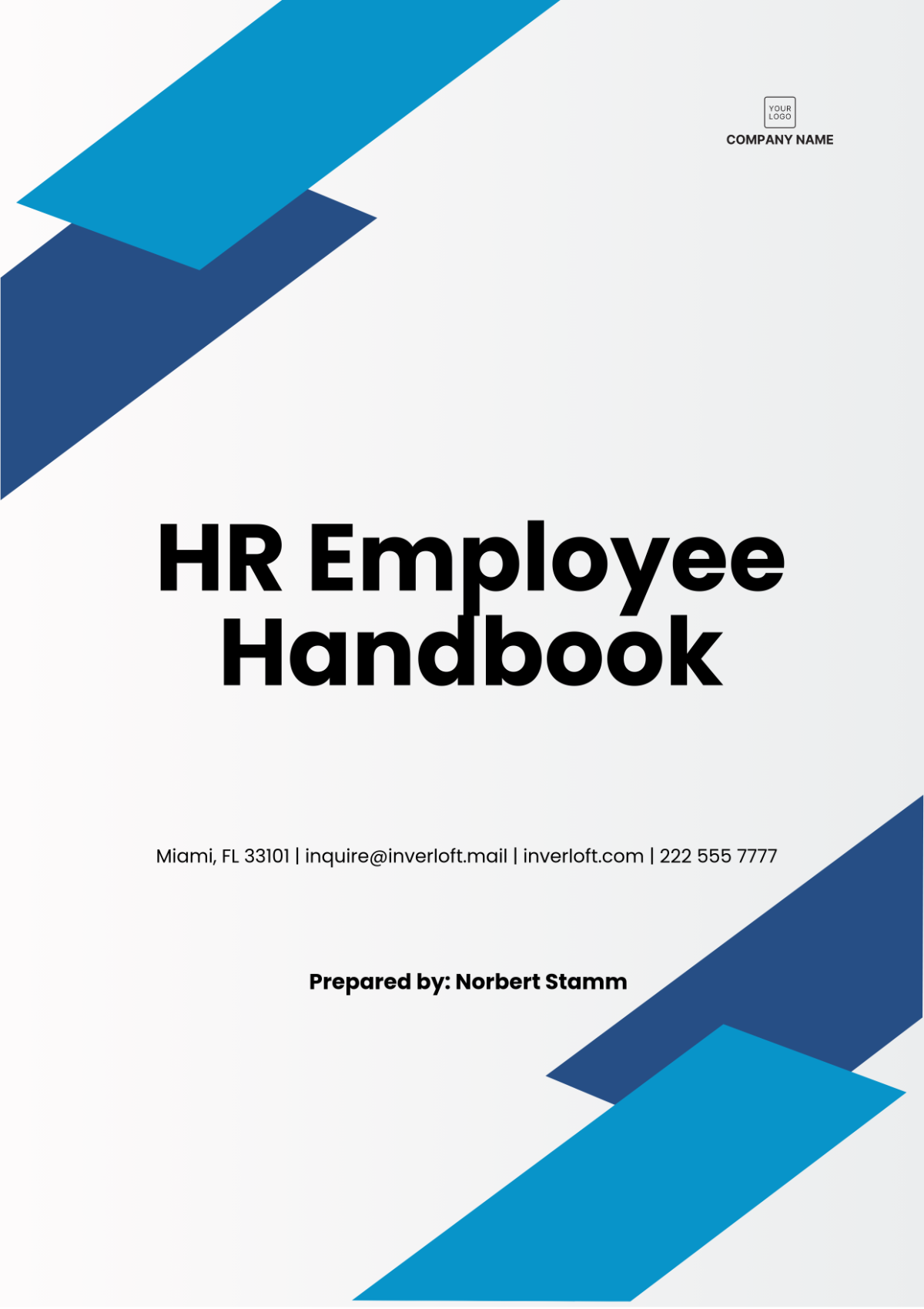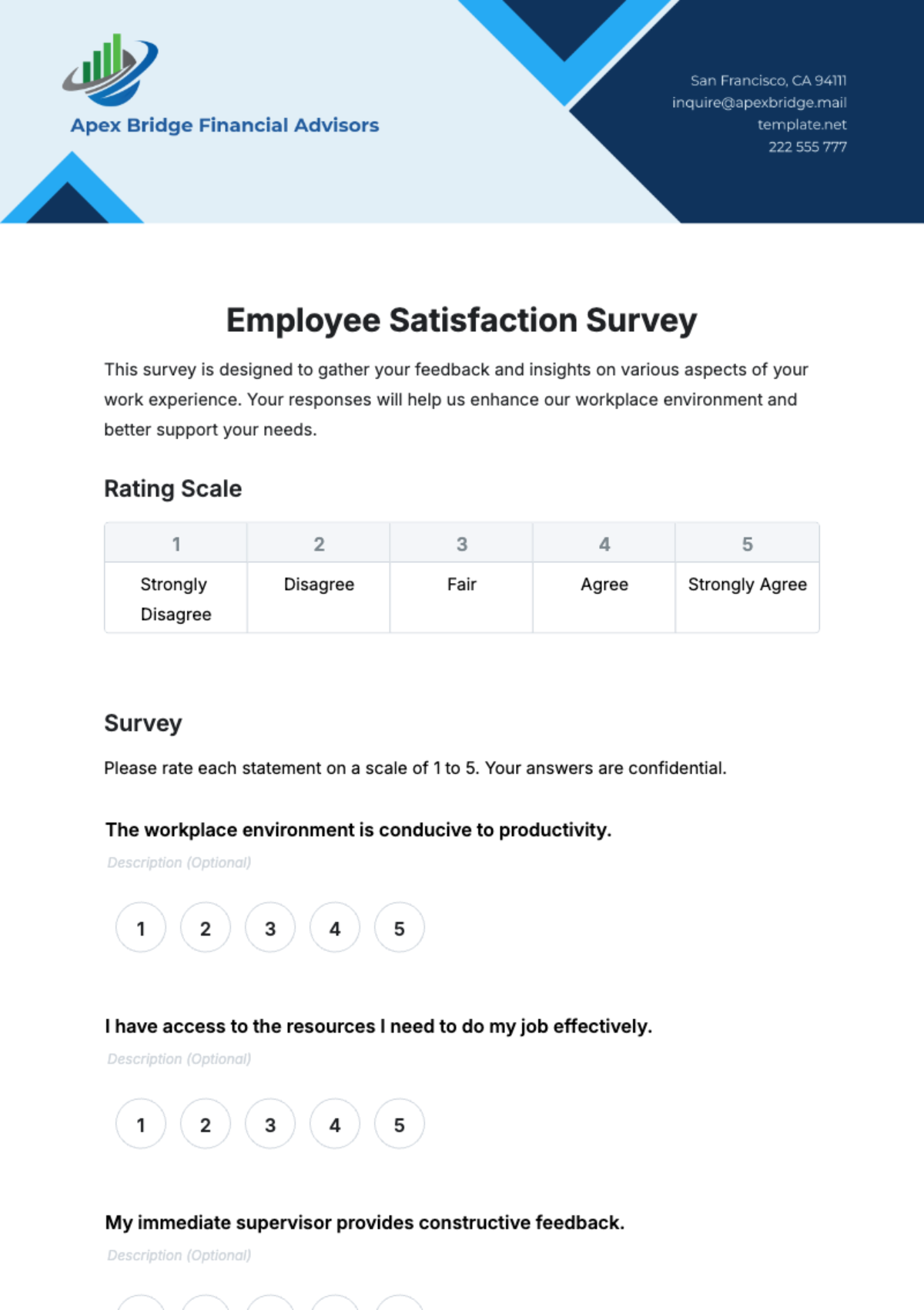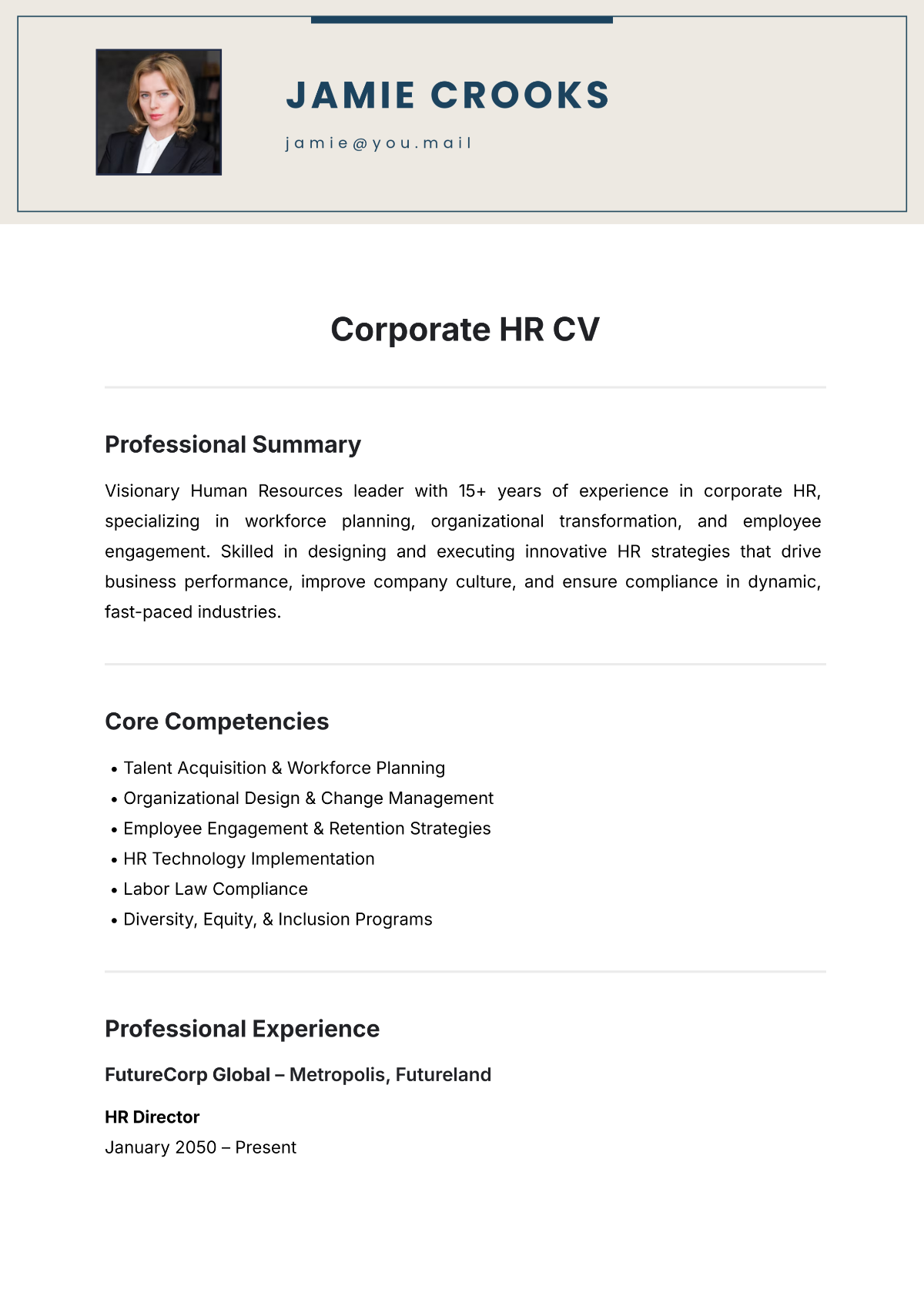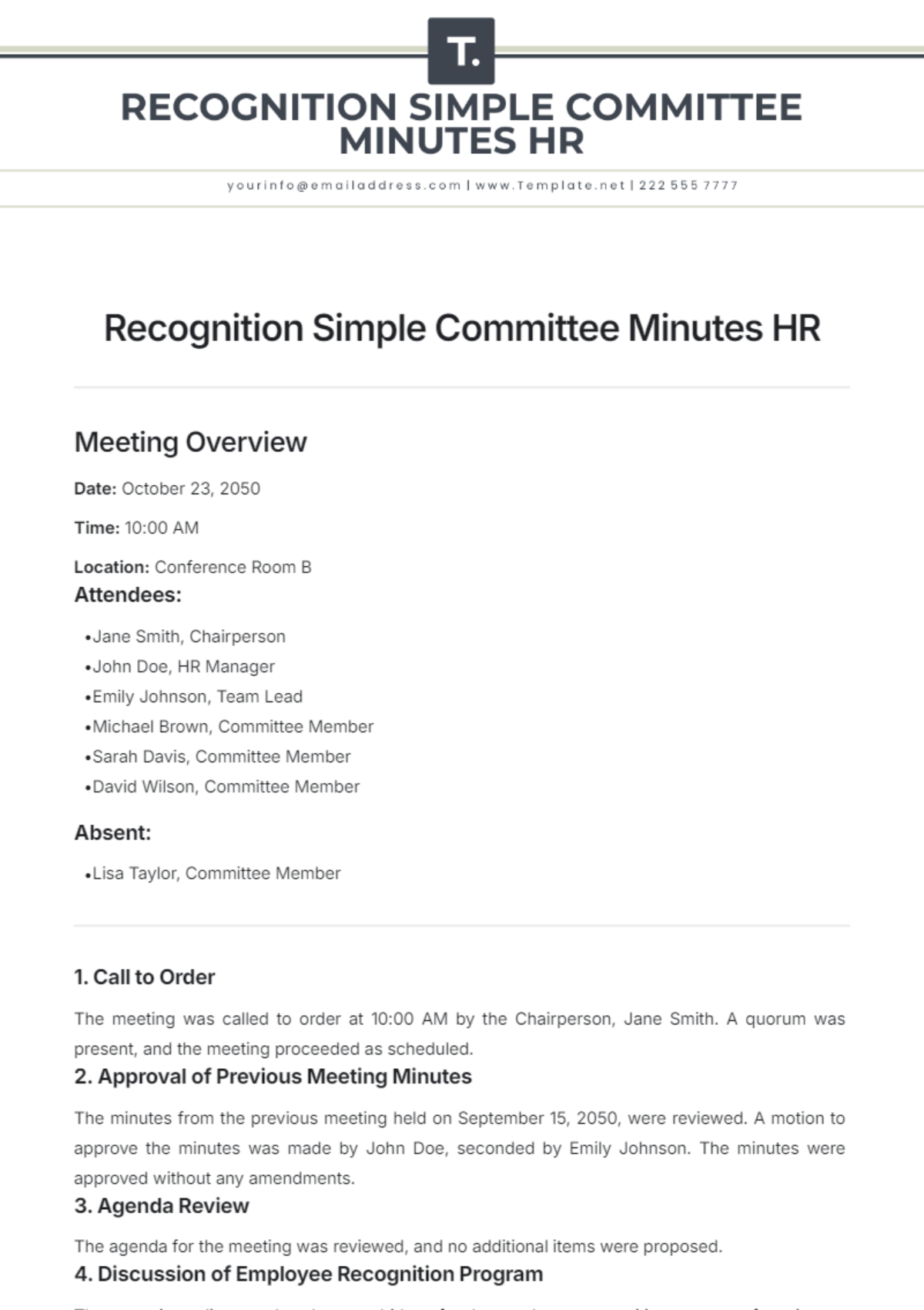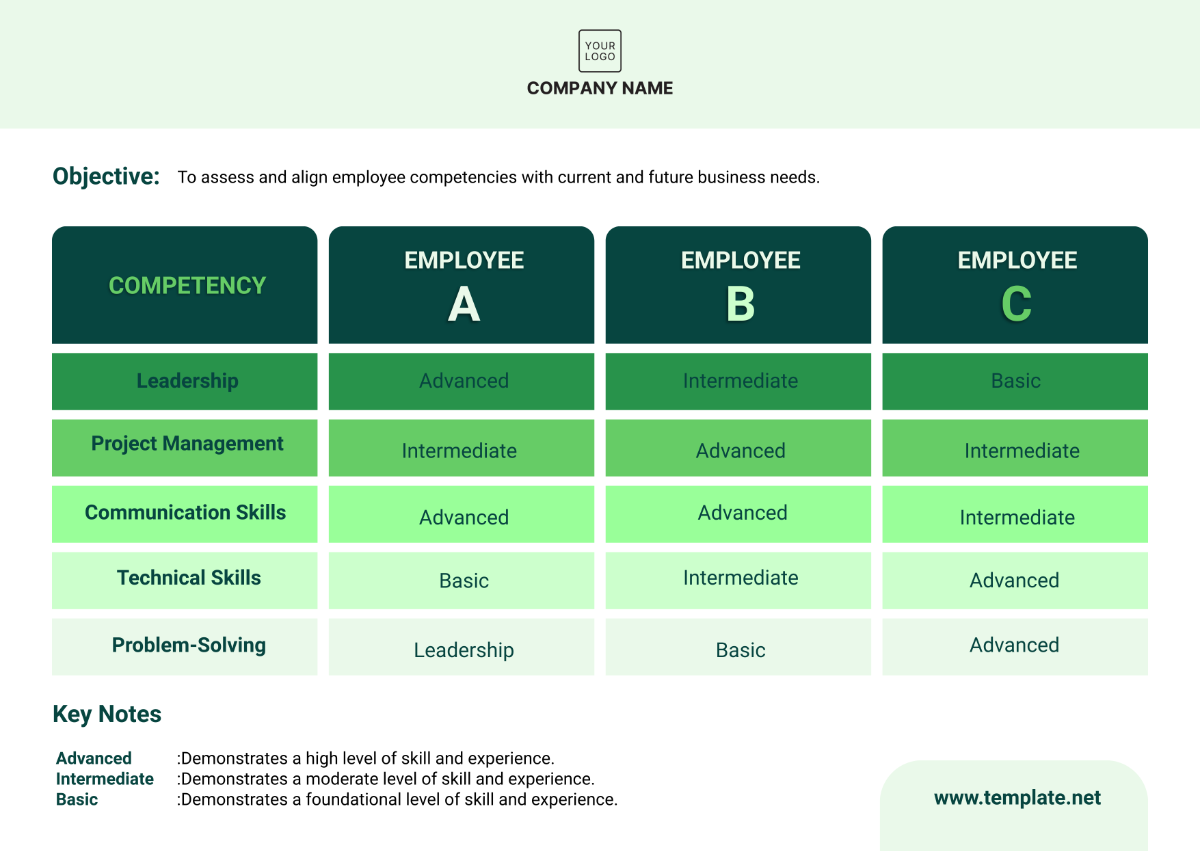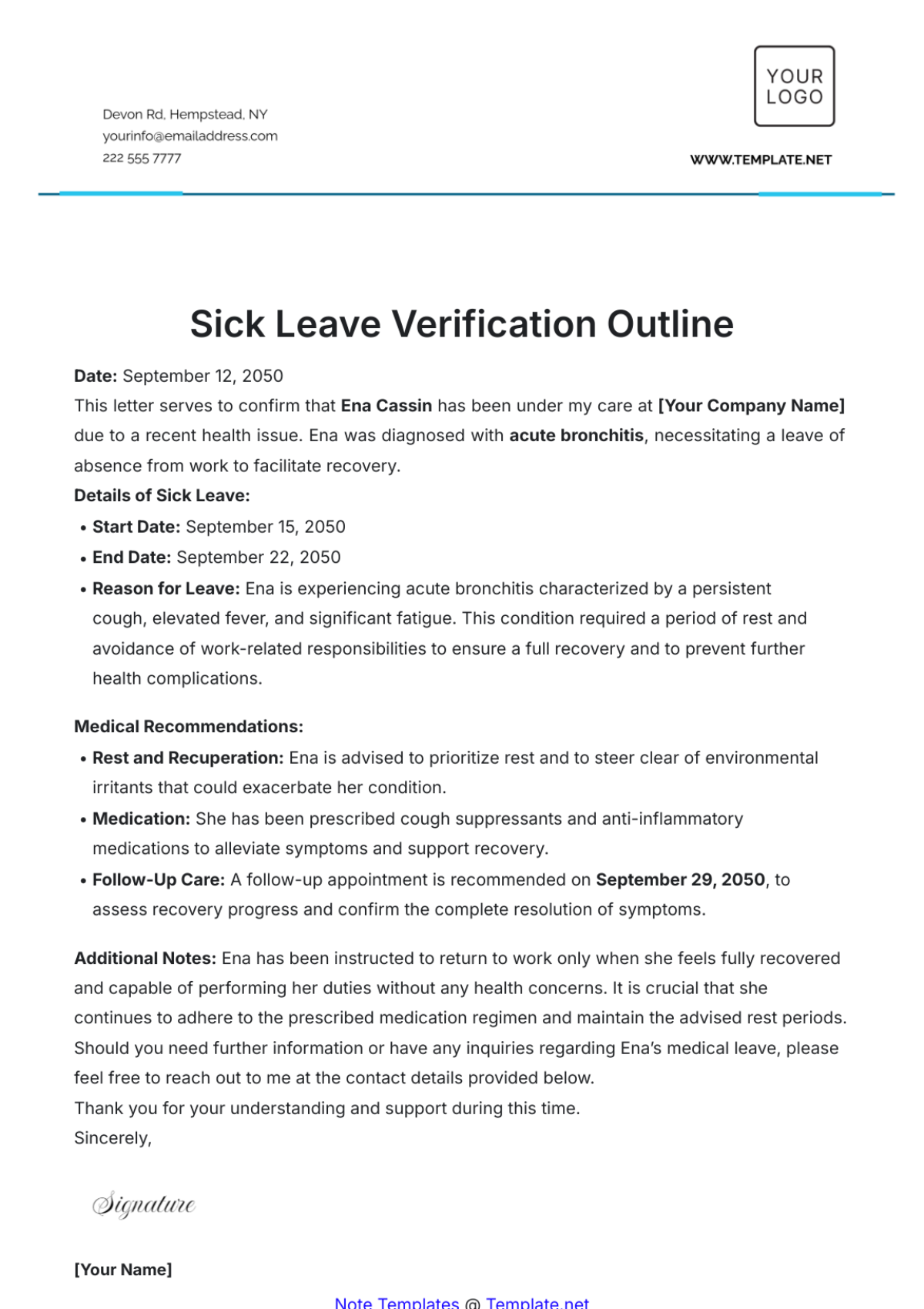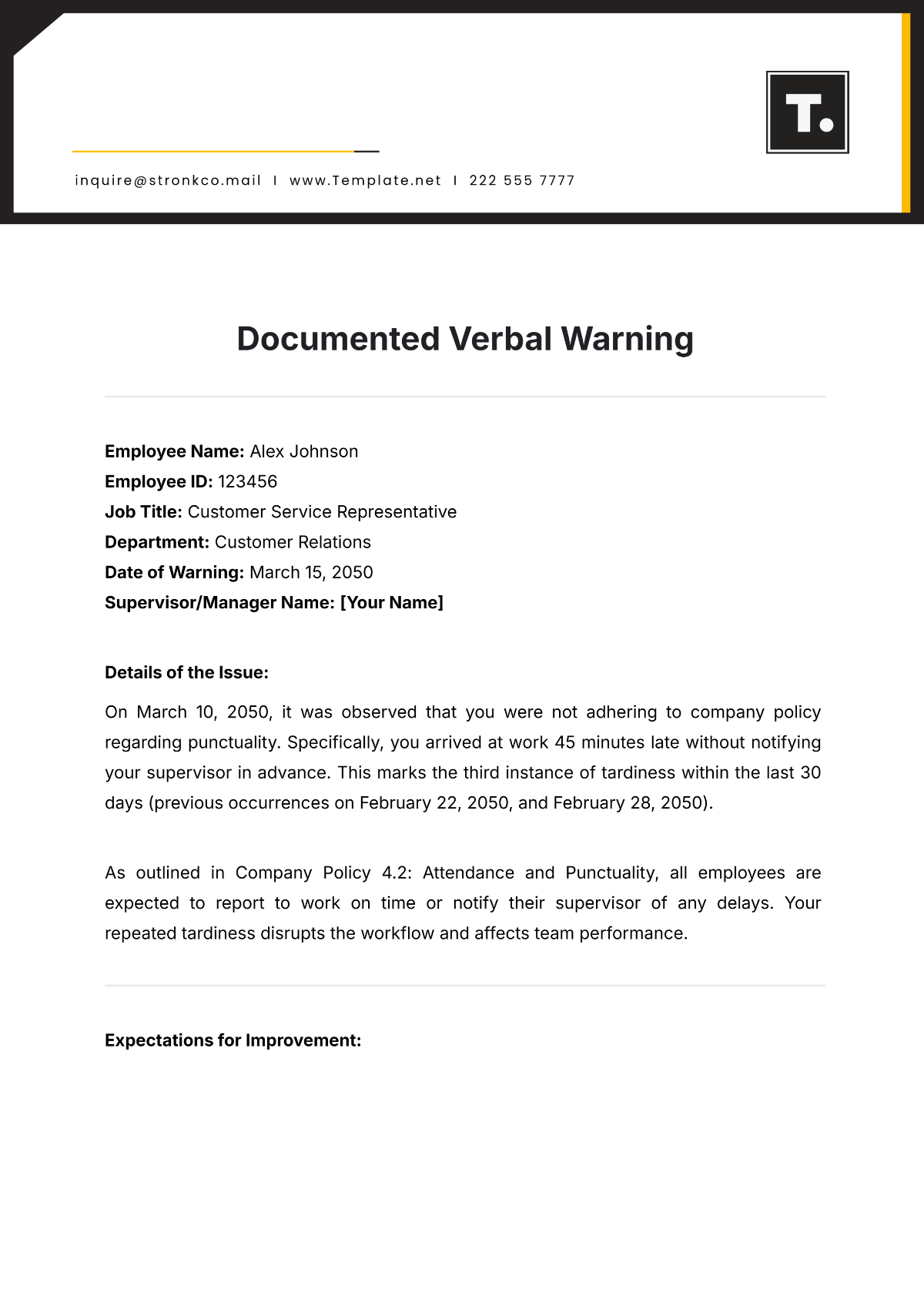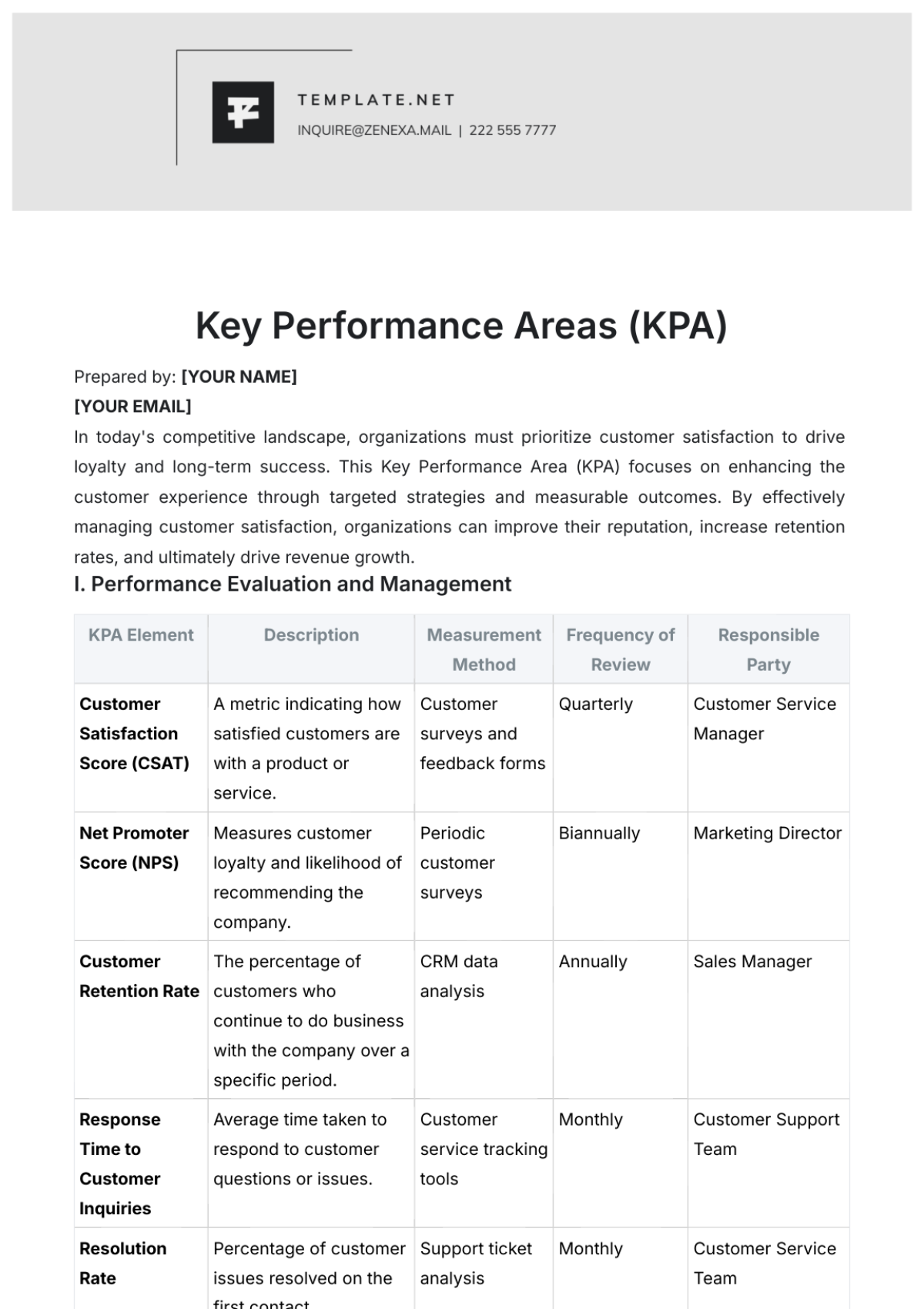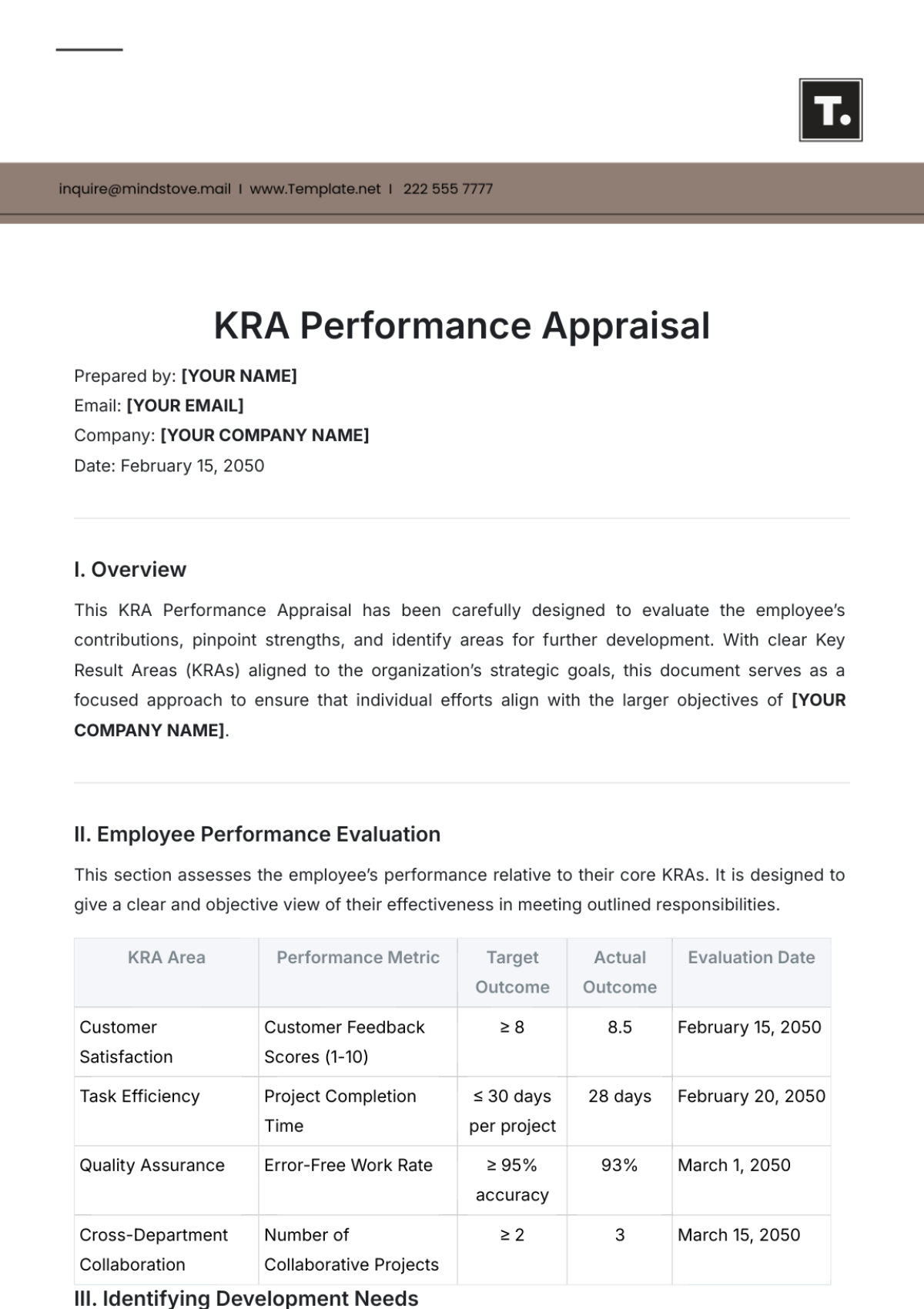Ergonomics Implementation Guide
I. Executive Summary
As we venture into an increasingly demanding business environment, it becomes paramount to prioritize the health and productivity of our employees. This guide serves as a strategic tool for integrating ergonomic principles into the workplace with the principal objective of minimizing work-related musculoskeletal disorders (WMSDs), such as carpal tunnel syndrome, back pain, and repetitive strain injuries. These conditions not only impact employee well-being but also result in lost workdays and decreased productivity, affecting the company's bottom line.
By presenting a comprehensive framework, we aim to streamline the process of ergonomic assessment, solution implementation, employee training, monitoring, and evaluation. The guide covers a myriad of topics including risk identification, practical solutions, training modules, and a robust system for documentation and continual improvement. This multi-faceted approach ensures that we address the issue from various angles, providing holistic solutions that cater to individual and collective needs.
The end goal is to establish a working environment that actively contributes to employee well-being, thereby boosting morale, enhancing productivity, and mitigating health-related costs for the organization. This guide serves as the roadmap for achieving these vital objectives.
II. Introduction
This guide is not just essential but also a strategic component of our long-term business goals at [Your Company Name]. With the ever-increasing demands of modern workspaces, be it in a traditional office setting or remote environments, ergonomics stands as a cornerstone for ensuring that our employees can work at their best, both physically and mentally. This guide aims to act as a comprehensive manual for the identification, evaluation, and management of ergonomic risks, thereby enhancing the quality of life for our employees while simultaneously improving productivity and reducing healthcare costs for the company.
This document outlines a step-by-step strategy for ergonomics implementation, covering everything from initial assessment and planning to implementation and continuous improvement. By detailing roles, responsibilities, and requisite actions, we make the complex process of ergonomic optimization easy to navigate. This involves interdepartmental collaborations, effective communication, training programs, and periodic assessments to measure the efficacy of our efforts.
The ultimate aim is to foster a work environment where employees are less prone to work-related musculoskeletal disorders and other ergonomic-related issues, thereby boosting their overall well-being. In doing so, we not only create a more engaged workforce but also a more economically sustainable business model for [Your Company Name].
III. Objectives
The key objectives of this guide are the following:
To identify ergonomic risk factors in the workplace.
The first step in implementing a comprehensive ergonomics program is to identify potential ergonomic risk factors present in the work environment. This could range from poorly designed workstations to repetitive tasks that might put undue stress on the musculoskeletal system. To accomplish this, we plan to conduct ergonomic audits, employee surveys, and job task analyses, providing a holistic understanding of where improvements are most needed.
To implement evidence-based solutions.
Upon identifying risk factors, the next objective is to implement solutions that are grounded in evidence-based research. Solutions may include redesigning workstations, modifying equipment, or altering job tasks to eliminate or reduce ergonomic risks. This approach ensures that we're not just putting 'band-aids' on problems but are, in fact, adopting scientifically-backed interventions that have been proven to work.
To educate and train employees in ergonomic best practices.
Education is a key component of any successful ergonomics program. Our objective is to develop a comprehensive training program that educates employees on the principles of ergonomics and how to incorporate these into their daily work routine. The training will also equip employees with the knowledge to identify potential risks themselves, empowering them to take proactive steps in their own work areas.
To regularly evaluate the effectiveness of implemented solutions.
It's crucial to regularly assess the effectiveness of the ergonomic interventions put in place. This will be done through ongoing ergonomic assessments, employee feedback, and performance metrics like decreased absenteeism and reduced workers' compensation claims. These evaluations will help in understanding whether the solutions are yielding the desired outcomes and will guide any necessary adjustments to the ergonomics program.
By focusing on these objectives, [Your Company Name] aims to create a healthier, more comfortable work environment that benefits both employees and the organization as a whole.
IV. Importance of Ergonomics
In the modern workspace, ergonomics is not just a luxury or an afterthought; it is a necessity. The importance of ergonomics goes beyond merely making employees comfortable—it has far-reaching implications for an organization's success and the well-being of its workforce. Investing in ergonomic solutions significantly reduces the risk of developing work-related musculoskeletal disorders (WMSDs) such as carpal tunnel syndrome, back pain, and eye strain. WMSDs can have a detrimental impact on employee morale, increase absenteeism, and lead to costly medical expenses and workers' compensation claims.
When employees are physically comfortable, they are more likely to be engaged in their work, leading to higher productivity levels. Moreover, good ergonomics helps to improve the quality of work, minimizes error rates, and fosters a positive work culture, thereby directly affecting the company's bottom line. In industries where employees undertake repetitive tasks, perform manual labor, or spend long periods at desks or in front of computers, the benefits of ergonomics are even more pronounced.
Effective ergonomics can also help to attract and retain top talent. Today’s employees are more aware of workplace well-being than ever before and are likely to consider ergonomic practices when choosing an employer. By demonstrating a commitment to employee health through a well-designed ergonomics program, [Your Company Name] not only positions itself as a leader in employee well-being but also gains a competitive advantage in the job market.
Thus, a strategic focus on ergonomics is not merely a preventative measure against potential health issues; it's a proactive strategy that offers multiple benefits, including enhanced employee well-being, improved productivity, and substantial cost savings for the organization. Therefore, implementing ergonomic practices at [Your Company Name] is not just a worthy investment—it's an essential one.
V. Risk Assessment
Identifying potential ergonomic risk factors is the first crucial step in creating a safer, more comfortable workplace. This section outlines the various elements that go into conducting an effective risk assessment, from identifying what risk factors to look out for, the methodologies employed to evaluate these risks, and the tools used to conduct these assessments. The table below provides a comprehensive look at these components:
Aspect | Details | Description |
Risk Factors | Repetitive Movements | Involves actions that are performed repeatedly, potentially leading to muscle strain and fatigue. |
Methodology | Observational Audits | Direct observation of tasks and environments to identify risk factors. |
Expert Assessments | Use of ergonomic experts to evaluate the workplace and provide recommendations. | |
Tools | ||
By understanding each of these components in detail, we can better tailor our ergonomic program to meet the specific needs of our employees at [Your Company Name].
VI. Implementing Ergonomic Solutions
Once ergonomic risks have been identified and assessed, the next step is to implement effective solutions tailored to mitigate these specific issues. The focus is not only on eliminating the hazards but also on enhancing comfort and productivity for our employees at [Your Company Name]. Below is a table that outlines some common ergonomic risks and the corresponding solutions that can be employed to tackle them.
Ergonomic Risk | Solution | Description |
Awkward Posture | Adjustable Chairs | Chairs with adjustable height and lumbar support can significantly reduce strain on the back and neck. |
By focusing on these targeted solutions, we aim to create a workspace that not only meets regulatory requirements but also promotes the well-being and efficiency of our team members.
VII. Employee Training
Effective implementation of ergonomics in the workplace isn't solely about providing the right tools or making adjustments to the work environment. It's equally crucial that employees are educated on how to make the most of these resources for their health and well-being. At [Your Company Name], we've developed a comprehensive employee training program that includes the following key elements:
Identifying Ergonomic Risk Factors.
In this part of the training, employees will learn how to recognize the signs and symptoms of ergonomic issues, such as repetitive stress injuries or muscle strains. The training will educate staff on the most common risk factors like awkward postures, excessive force, and repetitive movements, equipping them with the skills to proactively identify hazards in their daily work activities.
Proper Utilization of Ergonomic Tools.
Once ergonomic tools are in place, the next step is to ensure they are being used correctly. This training module covers the appropriate use of ergonomic equipment like adjustable chairs, anti-glare screens, and ergonomic keyboards. Employees will learn how to adjust these tools to fit their unique needs, thereby maximizing the benefits these resources offer.
Best Practices for Work-Station Set-Up.
A properly configured workstation can greatly impact employee health and productivity. This segment of the training program will guide employees through the optimal setup of their workstations. Topics will include the correct placement of computer monitors, keyboard and mouse positioning, and the importance of taking short breaks to stretch and rest the eyes.
Through these targeted training modules, we aim to empower employees with the knowledge and skills they need to contribute to a healthier, more ergonomically sound work environment.
VIII. Monitoring and Evaluation
To ensure the effectiveness of our ergonomics program and to continually improve it, a structured approach to monitoring and evaluation is crucial. At [Your Company Name], we have identified key performance indicators and have established the following monitoring and evaluation activities:
Monthly Ergonomic Assessments
Our Health and Safety team will conduct monthly ergonomic assessments that involve walkthroughs of the office environment and workstations. These assessments aim to identify any new or overlooked ergonomic risk factors, ensuring the implemented solutions are still effective. The findings will be documented and analyzed for trends, helping to inform future adjustments and interventions.
Annual Employee Health Surveys
Every year, employees will be invited to complete a comprehensive health survey, which will include questions about ergonomic-related concerns such as comfort, work-related pain, and any symptoms of musculoskeletal disorders. The aggregated data will offer valuable insights into the long-term impact of the ergonomic solutions implemented and can also highlight areas where further improvement or attention is needed.
Bi-Annual Expert Reviews
Twice a year, we will invite external ergonomic experts to review our workplace and provide their assessments. These experts will also review our monitoring and evaluation data, offering an additional layer of scrutiny. They can provide valuable third-party insights, identify gaps in our current program, and recommend changes or additional solutions based on the latest ergonomic research.
Through these various activities, we aim to build a culture of continuous improvement around workplace ergonomics. These periodic checks not only help us to maintain high standards but also adapt to any changes in the work environment or industry best practices.
IX. Documentation
Maintaining a comprehensive and organized documentation system is essential for the success of any ergonomics program. At [Your Company Name], all ergonomic assessments, training records, and incidents will be meticulously documented to provide a historical context, track performance, and adhere to legal requirements. These documents will include, but are not limited to, checklists from assessments, training schedules, attendance sheets, presentation materials from training sessions, incident reports, and feedback forms from employees.
The documentation will be stored in a secure digital database that is easily accessible by authorized personnel. Having this level of documentation ensures traceability and allows us to effectively evaluate the success of our ergonomic solutions over time. Moreover, it enables us to identify areas of concern more readily, thereby expediting any necessary corrective actions. Digital storage will be backed up regularly to prevent data loss, and a paper copy will also be maintained as a fail-safe. By having a robust documentation system, we can better manage our ergonomics program, ensuring the health and safety of our employees while complying with regulatory standards.
X. Recommendations
Reevaluate Current Equipment for Ergonomic Efficiency.
The first step in improving our ergonomic environment is reevaluating the current equipment. This involves assessing all office furniture, such as chairs, desks, and keyboards, as well as other work-related tools, for their ergonomic suitability. A specialized team should conduct a comprehensive evaluation to identify areas of concern and potential risks related to equipment. The findings from this evaluation should inform any future purchases or modifications. For instance, chairs that do not offer adequate lumbar support could be replaced with ergonomically designed models that can help in reducing back issues.
Introduce Sit-Stand Workstations.
A sedentary lifestyle is one of the leading contributors to work-related health issues. Introducing sit-stand workstations can significantly reduce the negative effects of sitting for extended periods. These workstations allow employees to easily switch between sitting and standing positions, promoting better posture and reducing the risk of musculoskeletal disorders. A pilot program could be launched to gauge the effectiveness of these workstations, and if successful, a full-scale implementation can be planned.
Implement Regular Stretch Breaks.
Continuous work without breaks can lead to fatigue and an increase in work-related musculoskeletal disorders. Therefore, implementing regular stretch breaks is highly recommended. These breaks could be as short as five minutes and should be scheduled every hour to help employees shake off the sedentary posture and stimulate blood flow. Exercises could include neck rotations, wrist stretches, and simple ankle rolls. Educational material promoting these practices can be displayed around the office, and reminders can be sent through the company's internal communication channels to encourage participation.
By adopting these recommendations, we can make significant strides in enhancing the ergonomic environment at [Your Company Name], thereby promoting better employee health and productivity.
XI. Appendices
Ergonomic Assessment Checklist
Checklist Item | Yes/No | Comments |
Adjustable chair with lumbar support | ||
Desk at elbow height | ||
Monitor at eye level | ||
Proper lighting without glare | ||
Keyboard and mouse within easy reach | ||
Footrest available if feet don't touch ground | ||
Wrist rests for keyboard and mouse | ||
Frequent short breaks for stretching |
Training Module Outlines
Module 1: Introduction to Ergonomics
What is Ergonomics?
Why is it Important?
Module 2: Identifying Ergonomic Risk Factors
Physical Risk Factors
Environmental Risk Factors
Module 3: Proper Utilization of Ergonomic Tools
How to Adjust Your Chair
Using Ergonomic Keyboards and Mice
Module 4: Best Practices for Work-station Setup
Monitor Placement
Lighting and Ventilation
Module 5: Final Assessment
Multiple-choice Quiz
Practical Exercises
Vendor Lists for Ergonomic Products
Vendor Name | Product Type | Contact Info | Pricing |
Ergo Solutions | Adjustable Chairs | [Vendor Email] | $300-$500 |
These samples should aid in streamlining the ergonomic initiatives within [Your Company Name]. For further information or inquiries, feel free to contact us.
XII. Contact Information
For any queries regarding this guide, please contact:
Email: [Your Company Email]
Phone: [Your Company Number]
This guide serves as the foundation for the ergonomic journey of [Your Company Name]. It is crucial to follow through with continual assessments and training to ensure a healthy work environment.


